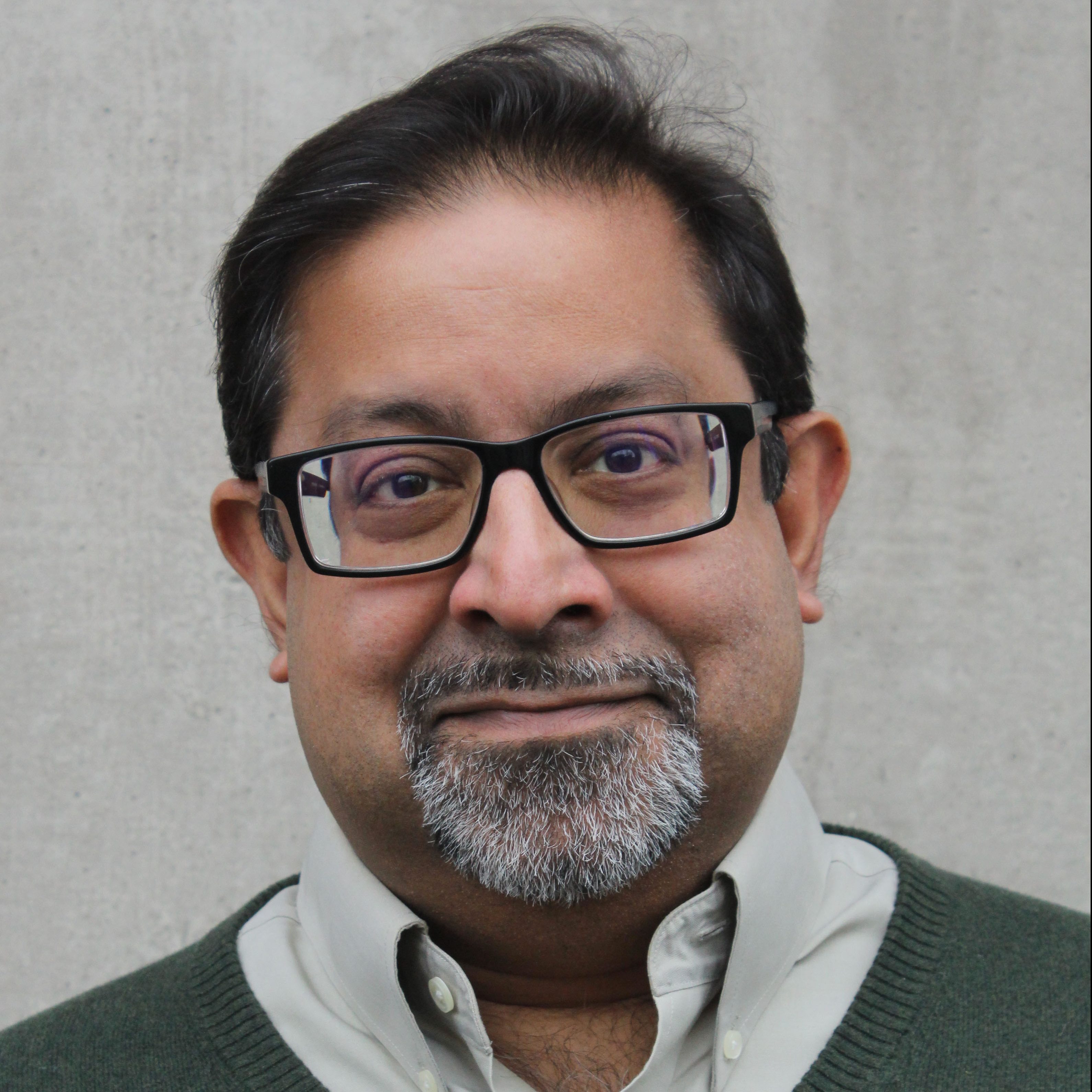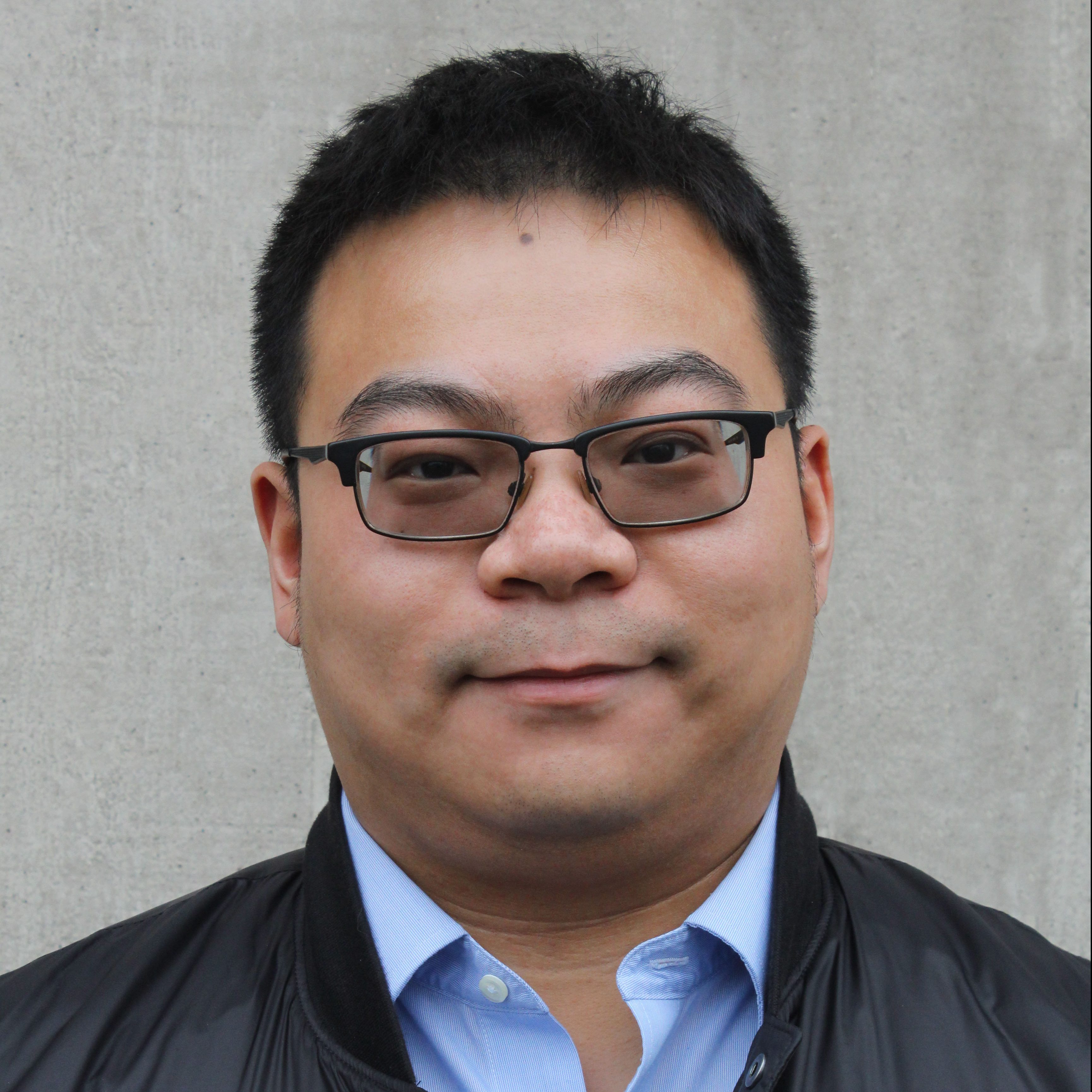A team of researchers from the Mass Communication Research Center has been awarded the Research Forward grant to assist in the completion of an Artificial Intelligence (AI) Terrarium. The team consists of Jack M. McLeod Professor of Communication Research Dhavan Shah and Associate Professor Sijia Yang from SJMC as well as professors from the Psychology and Computer Science departments.
The Research Forward initiative funds projects from any of the four educational divisions that are considered to be “high-risk, high impact and transformative.” The grant is given through the Wisconsin Alumni Research Foundation (WARF) and is allocated to projects based on the possibility of the research changing the field of study as a whole. The goal of the initiative is to advance research and education that is bold and ambitious.
The team’s goal is to build an “AI Terrarium,” a machine learning model made of a “community” of AI agents that allow the researchers to predict future human behaviors and motivations. The purpose of having a network of agents is to study communication behaviors between the agents rather than just one-on-one interactions. The AI Terrarium team were awarded the Research Forward grant to continue their research on interactions and communication between AI agents. The grant and research project are set to continue for the next two years.

“Having the AI agents get together in a network and fine tune them so that they act in ways that can predict future human behavior helps us understand why misinformation spreads or why certain people are susceptible to toxic behavior,” Shah said. “These are the kinds of things that we can do in simulated environments rather than the real world so we can not only learn a lot, but potentially prevent a lot of negative aspects.”
Given the novelty of the AI Terrarium, Yang explained that it would be difficult for the researchers to receive grant money through federal agencies, but the Research Forward initiative awards this type of “risky” project with support for one to two years depending on the level of need.
“We are certainly very thrilled to receive this grant because this can help our team to collect very crucial initial pilot data,” Yang said. “It is demonstrated as a ‘proof of concept’ because the AI terrarium can materialize and we can learn the limitations of it.”
According to Shah, this project began when one of psychology professor and project PI, Timothy Rogers’ students began thinking about the interactions between AI agents. With this project being started by a student, the team felt it was important to continue with the education of young scholars.

“This type of collaboration is so essential with this type of project, any big grand societal challenge we’re trying to tackle, it needs collaboration,” Yang said. “Providing the opportunity for training young grad students and getting them involved in this project is an important element.”
A core value of both the Mass Communication Research Center and the Center for Communication and Civic Renewal is training and preparing students to become strong researchers in professional settings.
“The students are not a little cog in the machine that doesn’t understand all the different parts, but instead they’re working, they’re leading, they’re making essential decisions and they’re partners in the process,” Shah said. “That kind of involvement inherently leads them to be able to not just be able to do more, but to ultimately lead their own projects in really effective ways.”
With help from the grant, over the next two years the project will go through four phases. The team has begun collecting public opinion data and after will simulate interactions, collect various sizes of experimental data, and attempt to validate their findings through testing. The group is eager to bring their expertise from a variety of fields together to tackle such a complex idea.
“Anytime you can have different disciplines who are able not just to work together, but work across some pretty big gulfs and differences and come to some common understanding it’s often times where you get the biggest innovation and where the steepest learning learning curve is,” Shah said. “It’s super exciting the learning we get to do from our colleagues across campus, you realize how much more you can do collaboratively than you could ever do on your own.”